Prostate Cancer- Its Causes, Symptoms, Treatment and Prevention
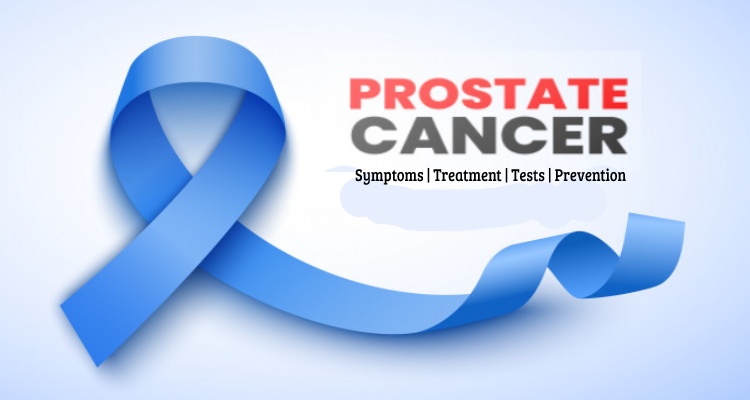
Prostate cancer affects the prostate gland in males. Males have a small walnut-shaped gland called the prostate that generates seminal fluid, which feeds and transports sperm.
One of the most common kinds of cancer is prostate cancer. Many prostate cancers grow slowly and are contained within the prostate gland, where they are unlikely to cause significant harm. While some varieties of prostate cancer develop slowly and require little or no therapy, others are aggressive and spread rapidly.
When it is still contained within the prostate gland, early detection of prostate cancer provides the best chance for successful treatment. But it can be treated well if caught early. The prostate gland, located between the penis and the bladder, is where it all starts. Read on to know ‘what is prostate cancer' below.
The Prostate
The male reproductive system includes the prostate and seminal vesicles. The prostate is approximately the size of a walnut and weighs approximately one ounce. The seminal vesicles are two paired glands that are substantially smaller than the seminal vesicles. Each side of the prostate has these glands linked to it. The seminal vesicles have been compared to rabbit ears linked to the prostate by some.
The prostate is located beneath the bladder and ahead of the rectum. The prostate surrounds the urethra. The urethra is a tube that runs from the bladder to the penis, carrying pee. Men with an enlarged prostate have trouble peeing because of this. It has the potential to obstruct the flow of urine from the bladder.
The prostate and seminal vesicles' primary function is to produce fluid to bathe sperm. Sperm is produced in the testicles and then transported to the urethra during ejaculation. Fluid from the prostate and seminal vesicles also travels into the urethra at the same time. The ejaculate is made up of semen and fluid from the prostate, and seminal vesicles go via the urethra and out of the penis.
Prostate cancer begins in the prostate gland and can extend to the seminal vesicles on rare occasions.
The prostate performs certain vital functions, including:
- Making sperm-nourishing and sperm-transporting fluid
- Producing prostate-specific antigen (PSA), a protein that aids in preserving the liquid form of sperm.
- Assisting with urinary control
Causes of Prostate Cancer
Prostate cancer, like all cancers, starts when a clump of cells grows out of control and begins infecting other tissues. Cancerous cells develop as a result of the accumulation of abnormalities, or mutations, in their DNA.
Cells can identify and repair DNA damage most of the time. When a cell is severely damaged and unable to heal itself, it dies, a process known as programmed cell death or apoptosis. Cancer develops when damaged cells proliferate, divide, and spread unnaturally rather than self-destructing as they should.
Symptoms and Complications
The majority of prostate tumours are tiny and generate prostate cancer symptoms. As a result, most of them are only detected by routine blood testing or surgery for benign prostatic hyperplasia, which frequently causes symptoms.
Advanced tumours can also result in the following symptoms:
- Pressure on the spine or pelvis causes discomfort; urination causes burning or pain; frequent urination causes pain.
- Discomfort when ejaculating can also be one of the signs of prostate cancer.
- The presence of blood in the sperm or the urine
- Lower back, hips, or upper thigh pain or stiffness
If tumour cells break off and enter the bloodstream, they might settle in different body places and begin to divide, forming new tumours. This migration is known as metastasis, and the new tumours are known as metastases. If your cancer has spread to other parts of your body, you may have discomfort in those areas.
Prostate Cancer Treatment
Prostate cancer grows slowly, frequently over a decade or more, and is non-aggressive compared to most other cancers. They also have a propensity towards appearing later in life. Small tumours are frequently left untreated in older men, particularly in the prostate. However, the doctor will check on you frequently to make sure the cancer isn't progressing quicker than it is expected.
Antitumor and pain-relieving treatments are required for cancer that has progressed beyond the prostate. Surgery or radiation are commonly used to treat prostate cancer that hasn't progressed beyond the prostate.
Radiation therapy is one such prostate cancer treatment option. Your doctor may employ an external beam or radioactive seed implants implanted into or near the prostate by surgery (brachytherapy). Researchers are investigating new techniques to provide radiation therapy and the possibility of combining radiation therapy with hormone therapy.
How to Prevent Prostate Cancer
If surgery is necessary, the most common procedure is radical prostatectomy, which involves removing the prostate gland. The prostate gland is removed through a surgical incision in the lower abdomen or between the anus and scrotum. This is the method that has the best chance of prostate cancer prevention.
Prostate removal might result in serious adverse effects such as impotence and incontinence. The capacity of a man to get an erection following surgery is determined by whether or not the nerves surrounding the prostate have been injured. Cancer can sometimes impact the nerves, necessitating their removal. Other times, the doctor will try to keep them in place, but impotence will still develop. In any event, you should visit your doctor about the possibility of a "nerve-sparing" surgery.
Both the doctor and the patient must discuss the risks and benefits when selecting whether surgery or radiation is the best treatment option for prostate cancer. Both treatments have drawbacks, such as bladder irritation, sexual dysfunction, and gastrointestinal problems. The choice will be based on the severity of the patient's condition, general health, and personal preferences.




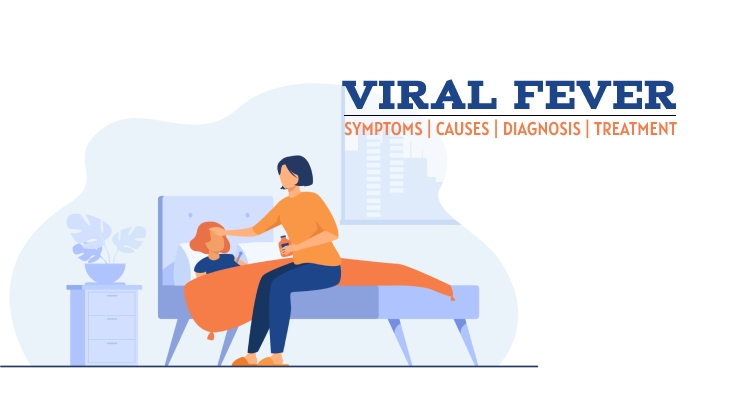
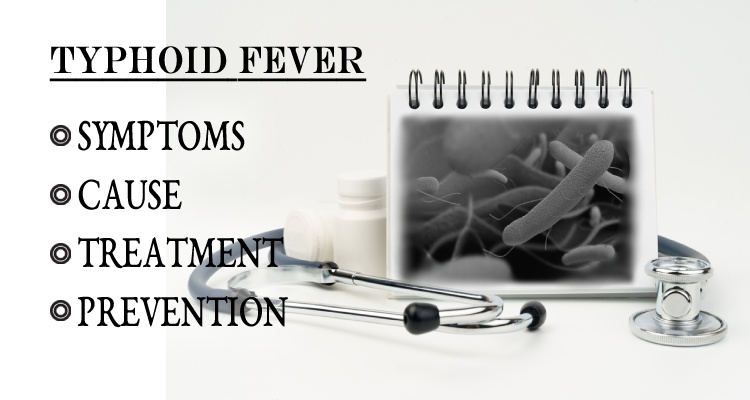
.jpg)
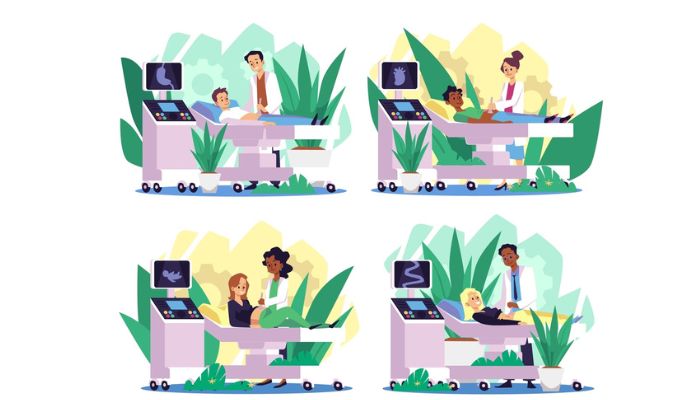

.png)
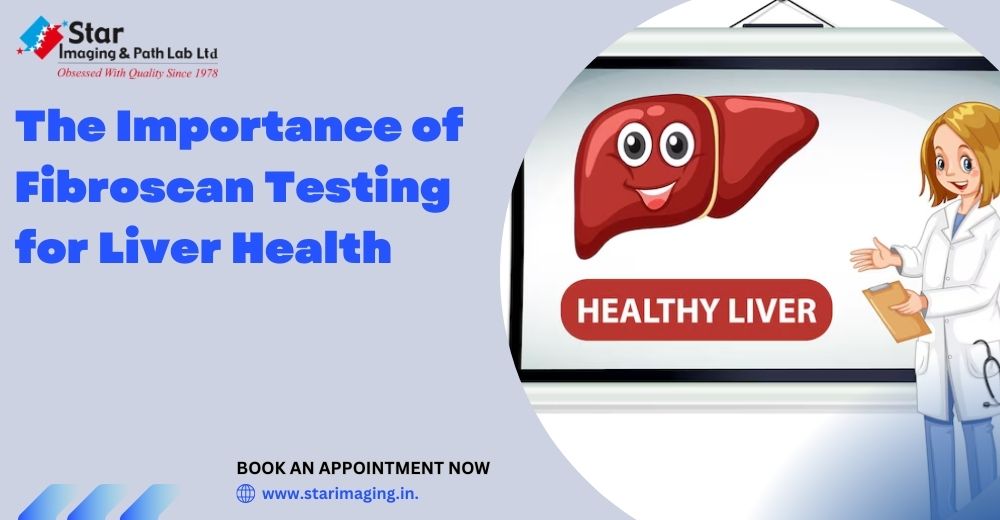
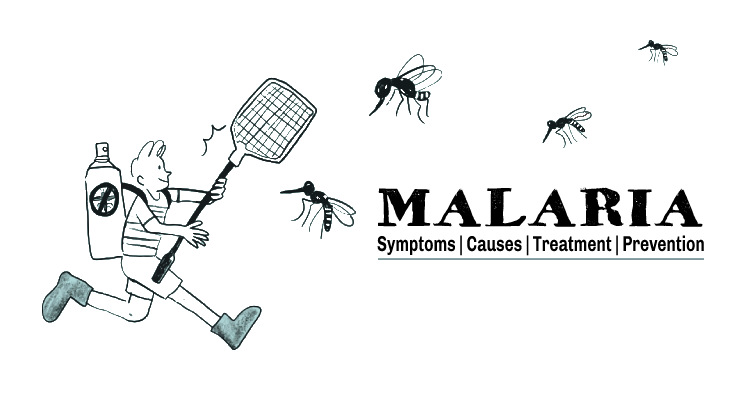

-Star.jpg)
Comments List